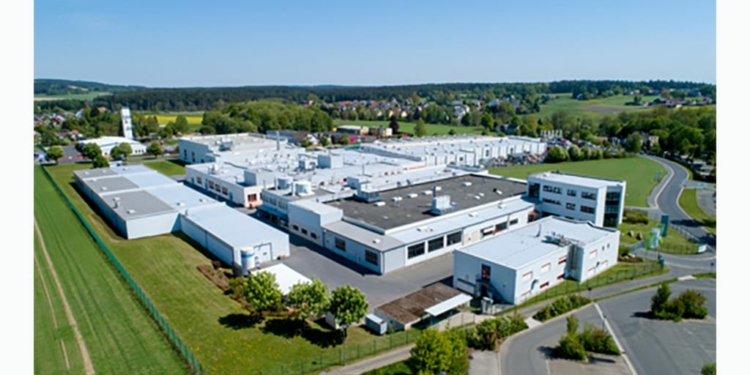Source: Kyocera news
Kyocera Corporation today announced that its Germany-based European headquarters, Kyocera Fineceramics GmbH has concluded an agreement with H.C. Starck GmbH to acquire 100% of the shares of its subsidiary H.C. Starck Ceramics GmbH, a European advanced ceramics manufacturing and sales company based in Selb, Germany. H.C. Starck Ceramics will join Kyocera Group and begin operations in spring 2019, subject to regulatory approval*1.
Acquisition Background and Objectives
Since its establishment in 1959, Kyocera has provided components for a wide range of markets including industrial equipment, communications devices, medical devices, and renewable energy equipment, and has supported the development of numerous other industries by utilizing technology cultivated over many years of research, development, and manufacturing of fine ceramics.
In recent years, while Kyocera has been making investments to increase production capacity of fine ceramic components in Japan and the U.S., the company currently does not have facilities to manufacture fine ceramic components in Europe. By using manufacturing assets gained in the H.C. Starck Ceramics acquisition, Kyocera will be able to respond quickly to clients in Europe, satisfying growing market demand for fine ceramic components used in industrial machinery.
H.C. Starck Ceramics was founded in 1985 as “Hutschenreuther Technische Keramik” and became part of the H.C. Starck Group in 2001. H.C. Starck Ceramics possesses reaction bonded silicon carbide (RBSiC*2) processing technology— a new technology for Kyocera — which enables production of high rigidity, large complex shaped materials. The newly acquired company also brings highly efficient production equipment using cutting-edge technologies such as Artificial Intelligence (AI).
Through the acquisition of H.C. Starck Ceramics, which brings with it fine ceramic manufacturing assets in Europe, production lineup, and innovative technologies, Kyocera aims to further expand its fine ceramic business globally.
Overview of H.C. Starck Cermics GmbH
| Company name | H.C. Starck Ceramics GmbH |
| CEO | Dr.-Ing. Carsten Russner |
| Established | 1985 |
| Location | Selb, Bayern, Germany |
| Business summary | Manufacturing and sales of advanced ceramic components |
| Employees | 213 (as of January 31, 2019) |
*1 Closing of the acquisition is subject to completion of regulatory filings and obtainment of approvals from administrative authorities, which are necessary under anti-trust and investment related regulations etc. in relevant countries.
*2 The reaction bonded silicon carbide (RBSiC) is a type of ceramics without changing dimension when fired.































